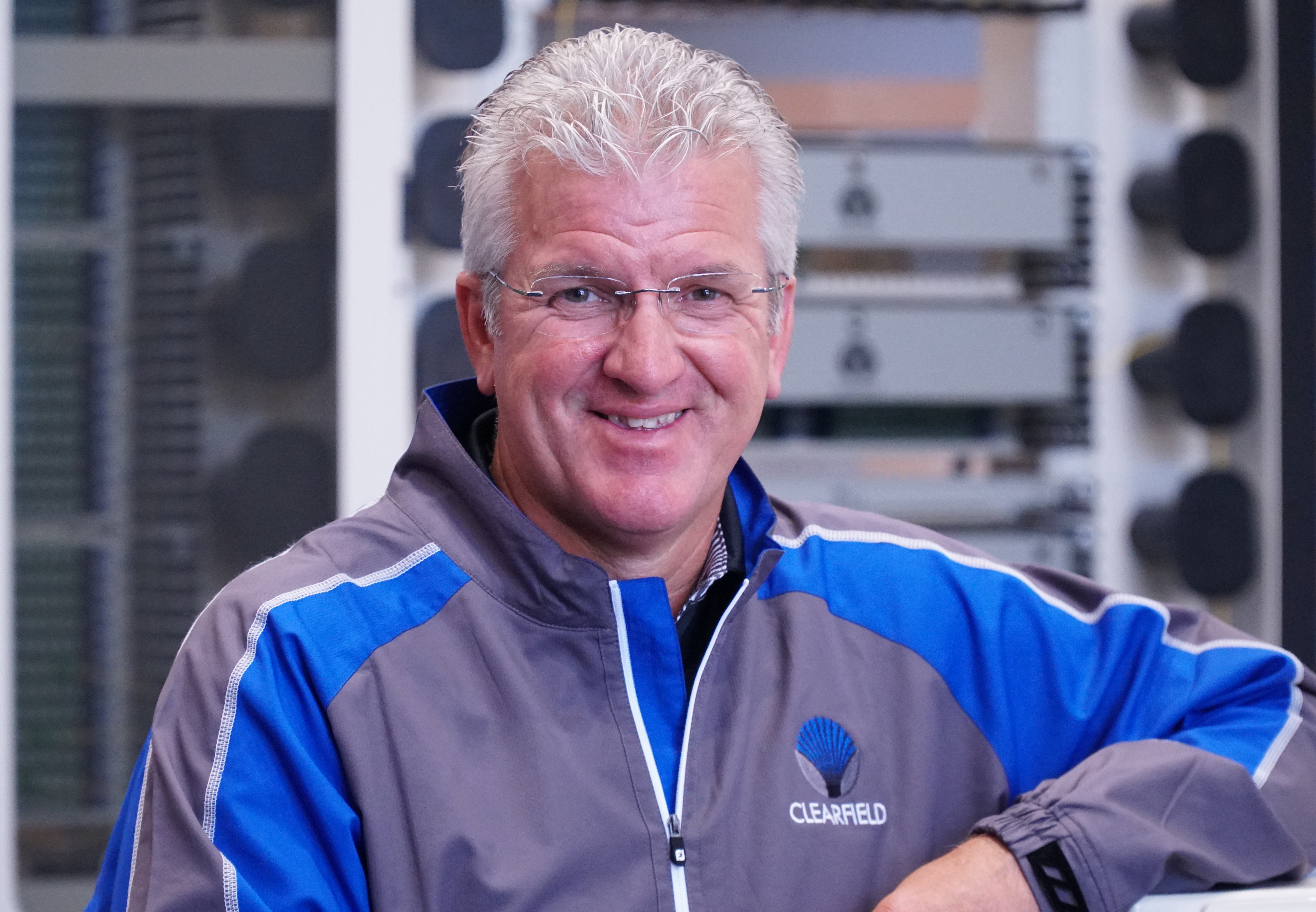Over the course of time, much of the rural American landscape may not have changed physically, yet the communications needs certainly have. The need for reliable, high-speed fiber broadband networks has virtually exploded in rural areas. However, the deployment of these high-speed networks has not kept pace with the need. One of the primary reasons for this is the distance between homes in the rural areas versus those in more urban areas. Placing fiber along routes where the homes number from 1 to 5 per mile versus 1 to 5 per block poses unique considerations for broadband providers.
Weighing capital costs of deployment against the return on investment (ROI) significantly impacts the decision of a provider to place fiber– and especially so in the rural environment. This impact includes a planner looking at a fiber deployment, specifically aware of accounting for future property/route changes that may occur. An excellent example of an unplanned scenario would be in the case of a property owner later choosing to sell off acreage for development (industrial or residential). Satisfying this kind of capacity and flexibility with the FieldSmart® FDH (Fiber Distribution Hub) Cabinet and the Clearview® Cassette provides allow for grow-as-you-go connectivity beyond the needs of the initial build.
Typically, in a rural route the bulk of the telecom outside plant is aerial. The reason for this is historically linked to rural electrification. With the first utility being power, the most cost-effective manner to build out telecom is to use the existing utility poles. Place it aerially.
In today’s world, DSL and other copper technologies struggle to give even a basic “high speed” connection because of the long distances between a central office and those outlying rural properties. Providing fiber connectivity meets the high-speed broadband demands of today and tomorrow. Fiber is the most reliable media and the only media truly capable of giving these homes (and businesses) reliable, high-speed internet for the decades to come.
As we noted, a successful outside plant fiber approach relies on the ability to distribute fibers to homes along the route but also provide the flexibility to scale up to meet the needs of a business development or industrial park if that may show up in the future. The most popular way to address these needs is with the FDH cabinet.
In urban areas FieldSmart FDH cabinets are sized from 288 - 1,172 ports to support higher population densities. This is not the case in rural America. Typically, 96 or even fewer ports will serve most of the needs in these areas. So, finding an FDH cabinet that scales from 12-96 ports over time is an optimal solution.
This is where the pole mount FieldSmart 96 port PON FDH Cabinet comes into play. This pole mountable FDH gives the outside plant designer twelve feeder fiber ports (that can also be used as express ports to businesses if needed), a variety of splitter options, and up to ninety-six distribution ports. Providers just need to install the appropriate amount of Clearview Cassettes and splitters to meet their customer needs, 12 ports at a time per cassette. As local demand increases, the provider need only install additional cassettes in the product.
This model allows the greatest flexibility while providing a better ROI by giving the provider a “pay as you grow” capability without stranding fiber assets. So, we can meet the residential broadband demand of today and, if a property owner decides to parcel off their land to a developer, the broadband provider can easily expand and absorb the added homes or businesses. If a business customer needs more bandwidth, the provider can use one of the express ports to give them what they need. It is as simple as installing a jumper in the proper port.
If you are looking for a flexible FDH solution, sized just right for your rural application, that can give you scalability and a significant improvement in ROI over other types of FDH cabinets, contact your Clearfield representative today.
By Scot Bohaychyk
Scot Bohaychyk (Market Manager, Wireless) has nearly 40 years in the telecommunications industry. Scot’s background includes serving in The White House Communications Agency, providing communications infrastructure support. Scot’s private sector experience includes OSP field and engineering experience, as well as market development and sales work in the fields of blown and pushable fiber for long-haul fiber installations…both in the United States and overseas.
